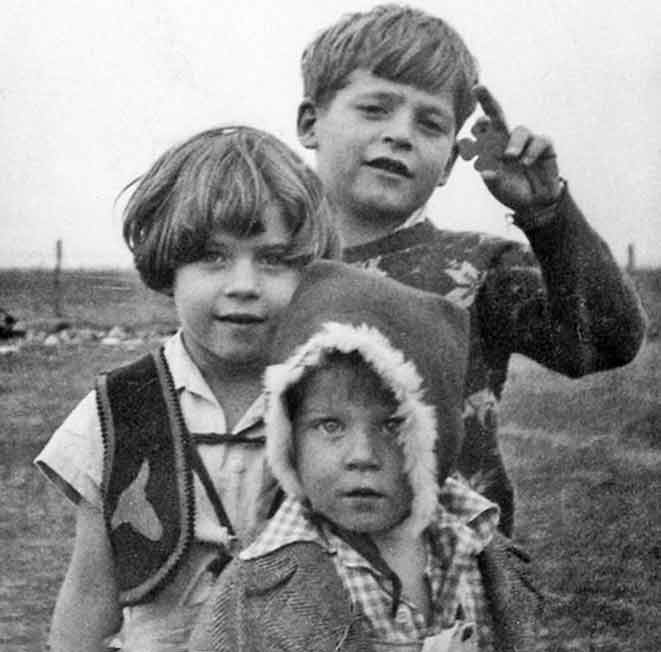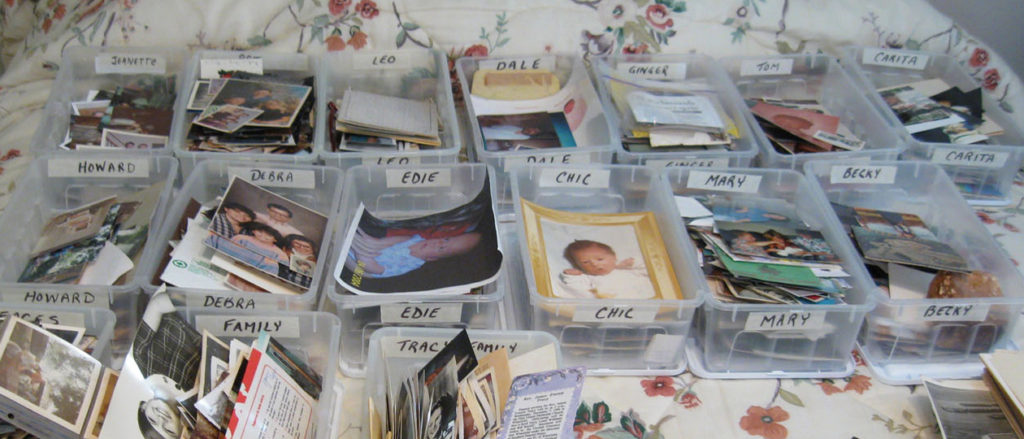Without a doubt, your STORY is the most important element.
Only YOU can tell YOUR story.
Since I am part of a large family, I was rarely alone during my childhood. When I would tell stories about our childhood adventures, I would always use group pronouns, e.g. we, our, they, etc.
Sharing your adventures that happened when you were with your closest brothers, sisters, or friends is fun to talk about what “we did”.
But then I found my voice.
During some adventures “we” were having fun and laughing. Yet, “I” was frightened and found comfort in having my brothers by my side.
Now when I share our adventures I always use ‘first person’. That helps me recognize my experience and give credit to my brothers for their part in our great adventures,

Others can describe the events of your life, but only you can share how it felt to you.
A favorite trip? A distant relative? Growing up on a farm? Family history? Hard times you have endured? Loved ones you have lost? The prize you won at the County Fair?
Everyone has their own unique story and experiences. Your point of view is important and only you can tell your story.
This building block begins in your memories and thoughts.
What is important to you?

EVERYONE can do this part of the project.
No extra technical skills are needed.

Memory joggers? Old photo albums? Special keepsake objects?
A memory with no photo, just the memory?
The hardest part is deciding where to begin.
Instead of trying to write your complete autobiography, start with a small story.
I wrote the post “Your Story – Your Quilt” to give you one way to think about your life.
Just pick one memory and tell that story.
When you think about your story, what is the first thing that comes to your mind?
Start writing there.
All of the threads can eventually be woven together at a later time for a larger view. If you are stuck for a starting point, check out some of the Conversation Starters suggestions from the Heartfelt Words or Good Questions from StoryCorps.
In this website, we are focusing on motivating you to begin writing and on providing ideas for you to explore some level of digital storytelling with devices you probably use everyday.
If you are interested in writing a full autobiography, there are many other websites that can provide you guidance.
Now that you have an idea for a starting point, start writing. It does not matter whether it is pen and paper or on a computer. Don’t worry about the details, you just want to capture all of the important elements of that thread. When you tell your story in first-person, it has more power since you are telling your own story. As you are writing about one thread, it is highly likely that other ideas will pop into you head. It would be useful for you to keep a separate notebook next to you work area. Use this Thread Catcher notebook to jot down the ideas that pop into your head, then return to what you were writing. Try not to get distracted.

As you think through the things that are important to you and begin creating your written record, remember to take opportunities to share your thoughts with others. This can be a one time event, but the audio and/or visual can also be captured to share with others.
As an example, someone happened to be using his new video camera as we were sitting around asking Mom questions. She had a habit of keeping a bucket in the bathroom to capture the cold water as she waited for the hot water for a bath. The explanation came out unexpectedly when we were asking about her mother: “Running Out Of Water”
Consider turning some of your stories into a 3-MIN Story. Since your STORY is something that can only be told by YOU, this can be a wonderful gift from you. Do not let the dreaded word “digital” block you from looking into this.